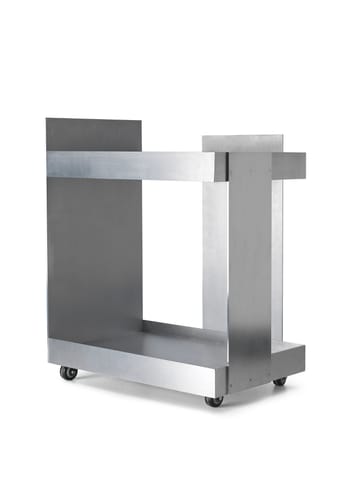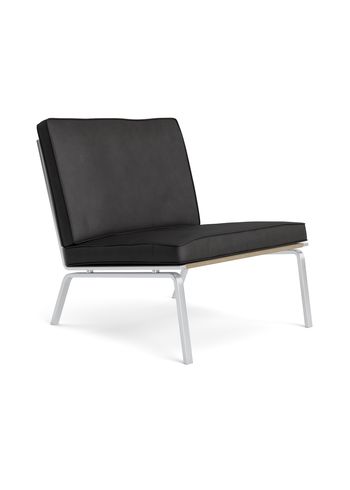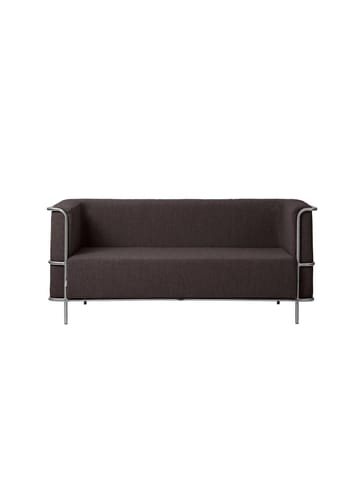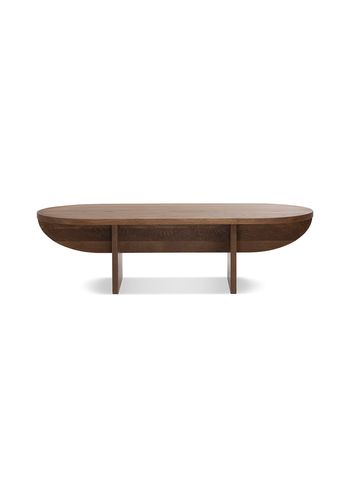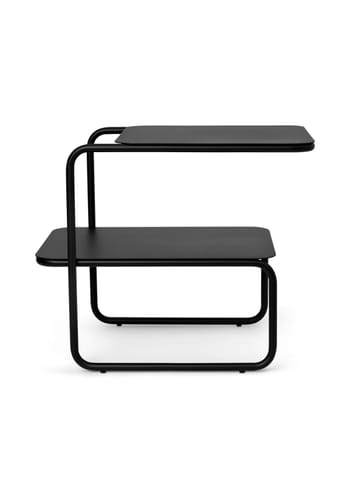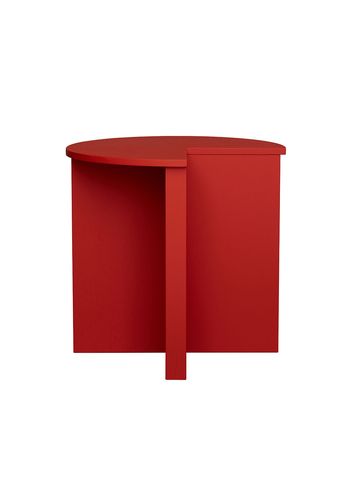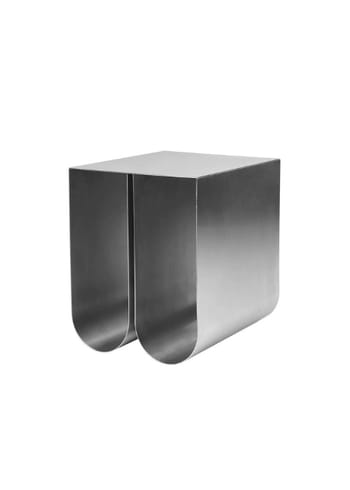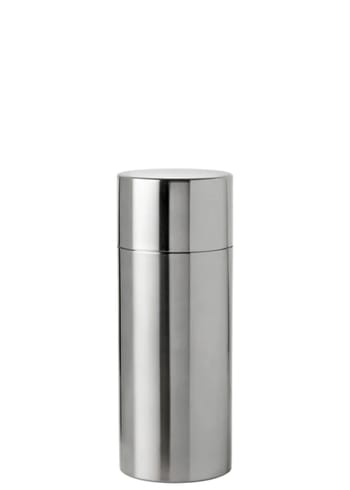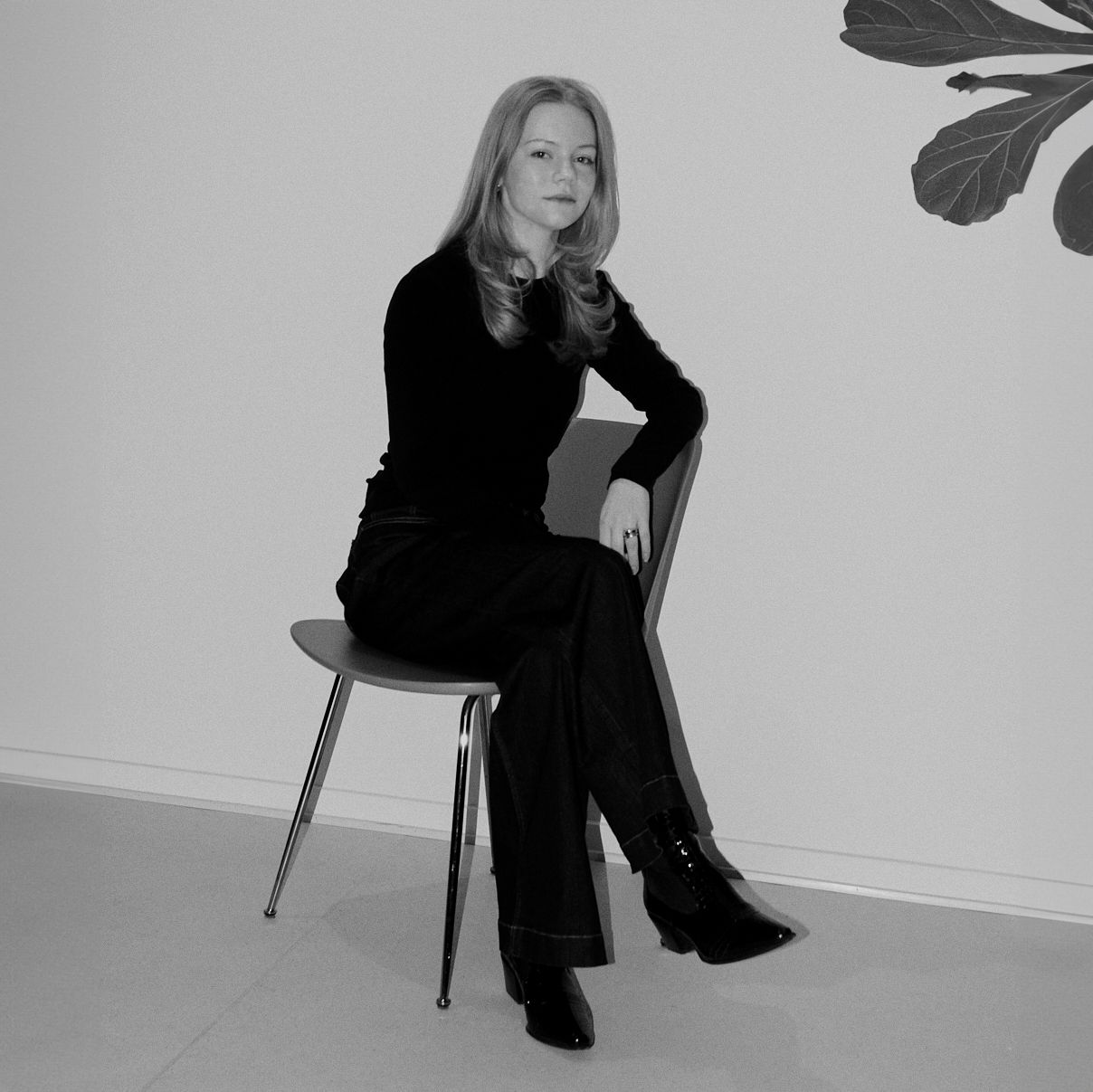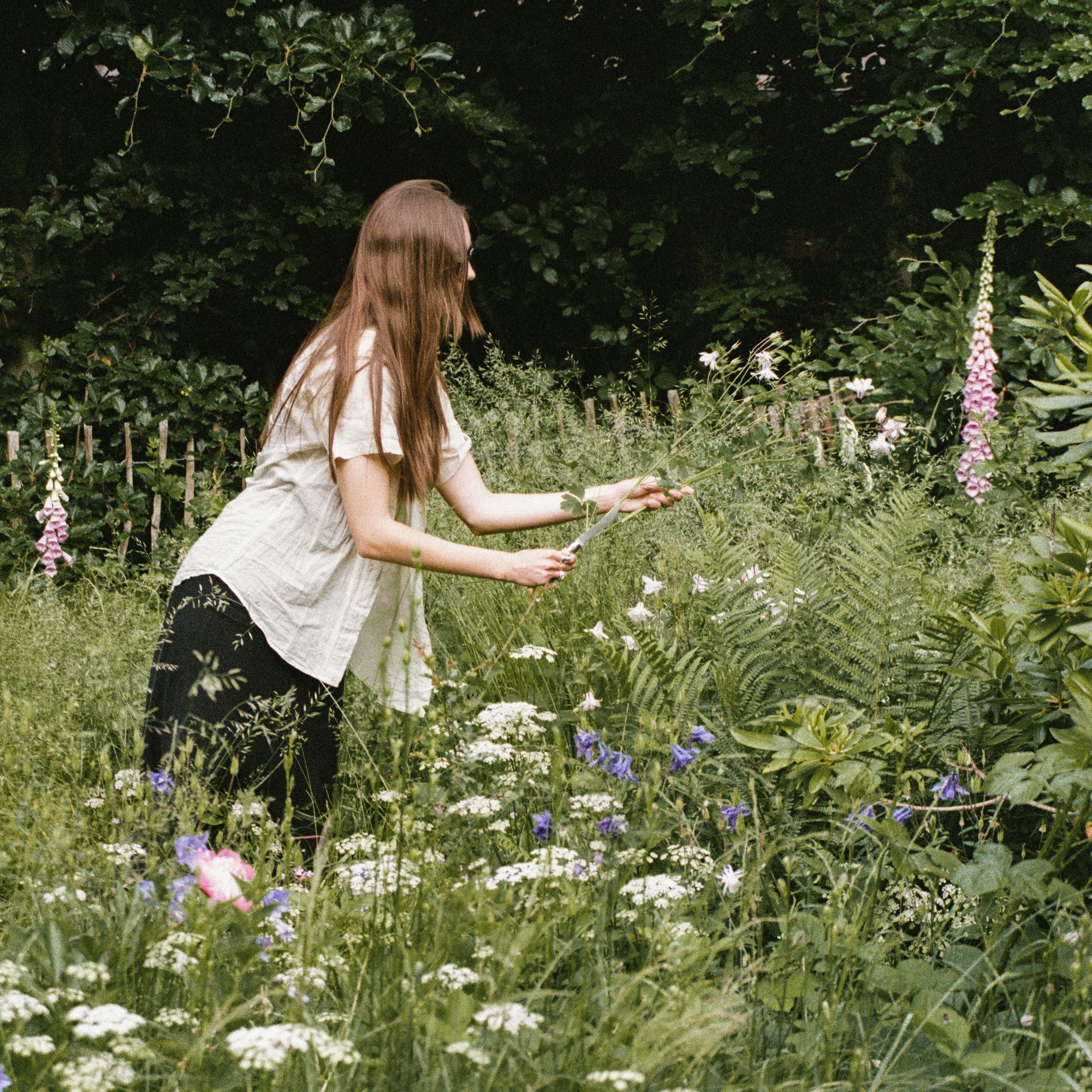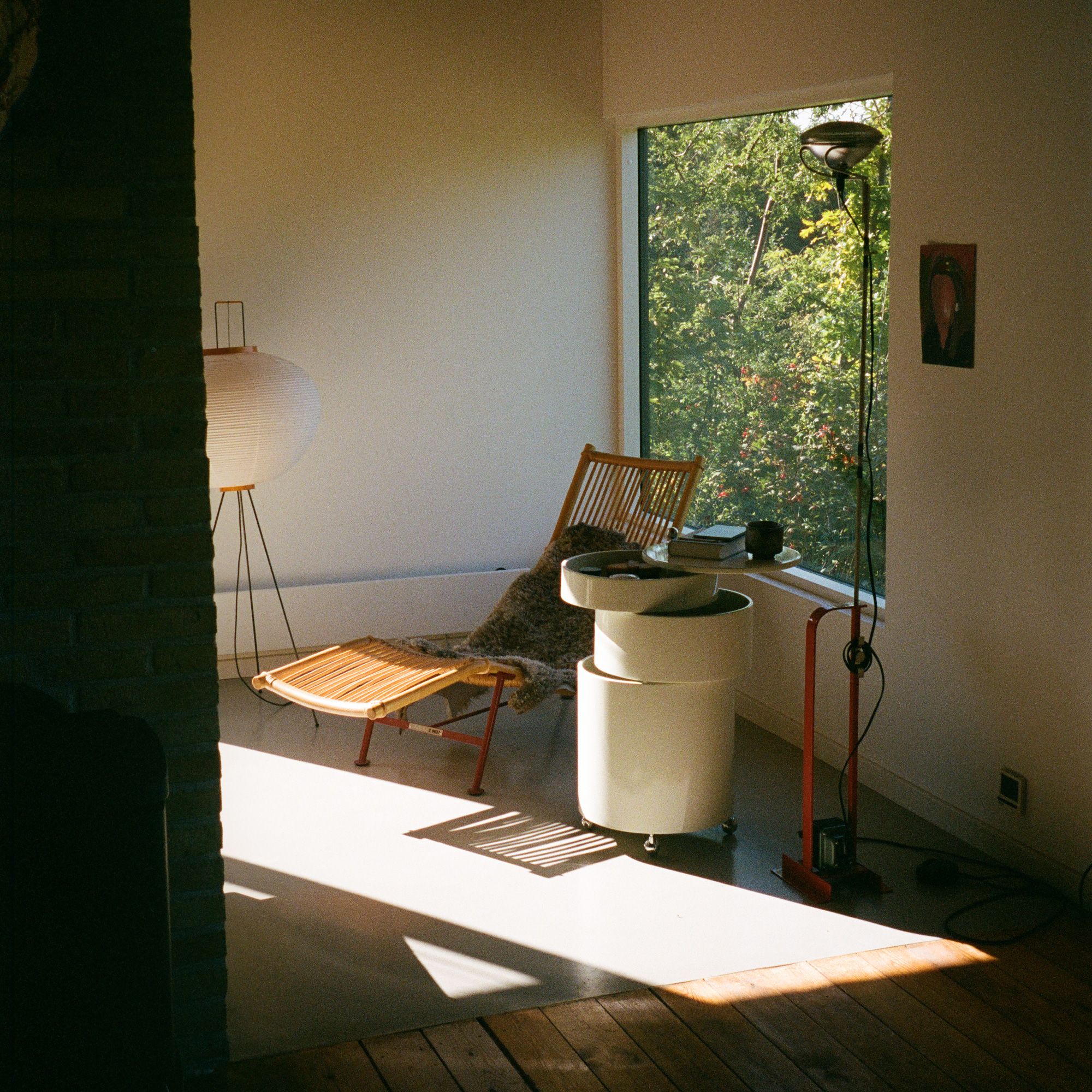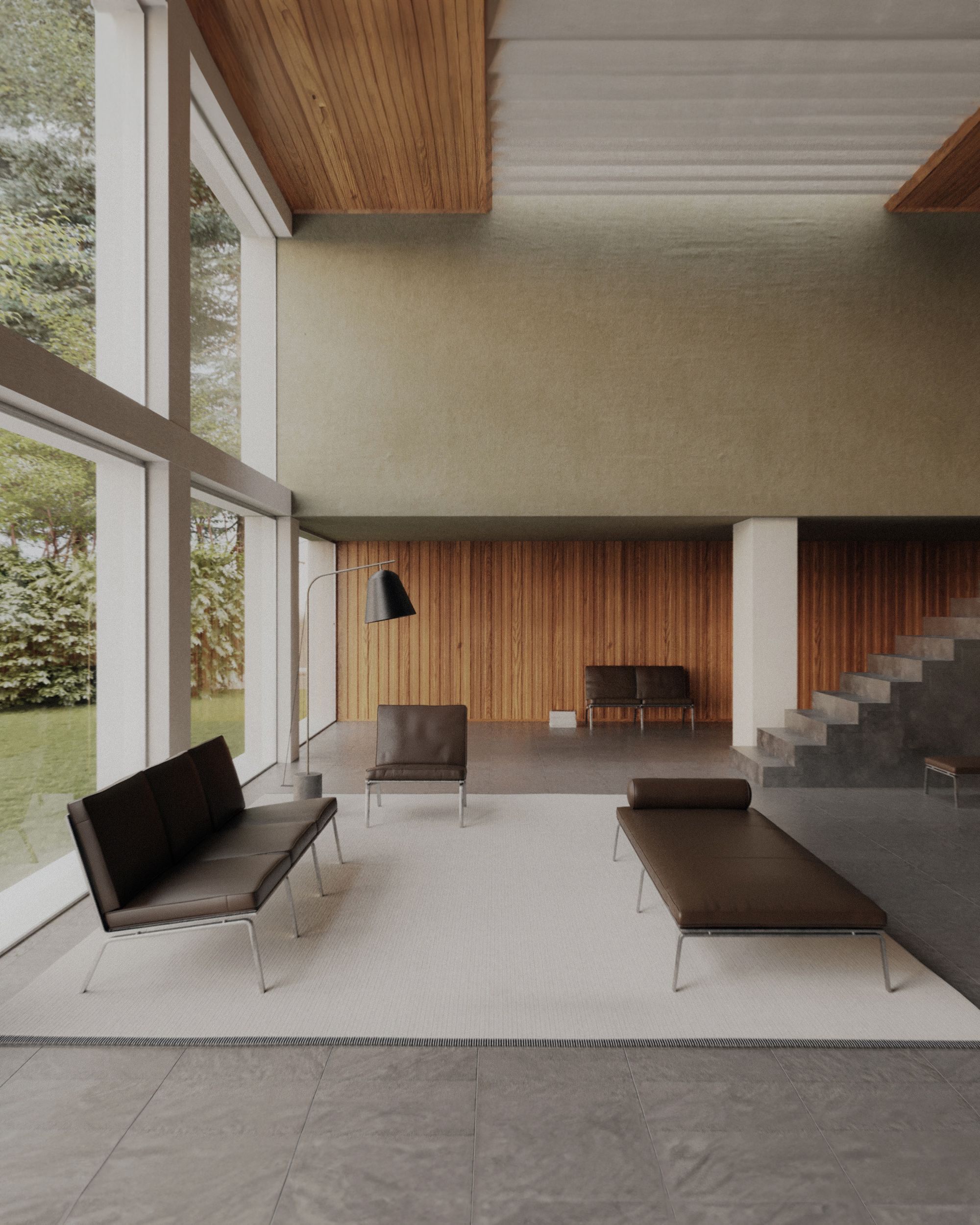
Skab Stilen - Bauhaus

Historien bag Bauhaus-bevægelsen
I hjertet af Bauhaus-bevægelsen ligger en historie om revolution inden for design og kunst, en bevægelse der udsprang fra ønsket om at forme fremtiden gennem æstetik, funktionalitet og enkelhed. Grundlagt i 1919 af den visionære Walter Gropius i Weimar, Tyskland, stod Bauhaus for en fusion af kunst, håndværk og teknologi - en sammensmeltning designet til at forene kreativitet og produktion. Gropius' ambition var at skabe en ny form for kunstskole, et Staatliches Bauhaus, der bogstaveligt talt ville fungere som et "statsligt byggehus" for design og anvendt arkitektur.
Bauhaus-bevægelsens overordnede målsætning var intet mindre end at højne de æstetiske værdier i det moderne industrisamfund, og derigennem forbedre menneskets tilværelse i dets rammer. Ved at samle discipliner som maleri, billedhuggerkunst og arkitektur under ét tag, sigtede Bauhaus mod at nedbryde de traditionelle barrierer mellem de forskellige kunstformer. Dette tværfaglige samarbejde skulle ikke kun fremme innovation, men også skabe funktionelle og smukke løsninger til hverdagslivet.
Men Bauhaus' radikale tilgang og avantgardistiske ideer var ikke uden modstand. I 1933 blev skolen lukket under pres fra nazisterne, der så dens ideer og indflydelse som en trussel mod deres egen æstetik og ideologi. Selvom Bauhaus kun eksisterede i 14 år, er dets arv monumental og fortsætter med at inspirere design og arkitektur den dag i dag. Bauhaus lærte os, at design ikke kun handler om at skabe smukke objekter, men om at forme en bedre verden gennem kunst, funktion og innovation.
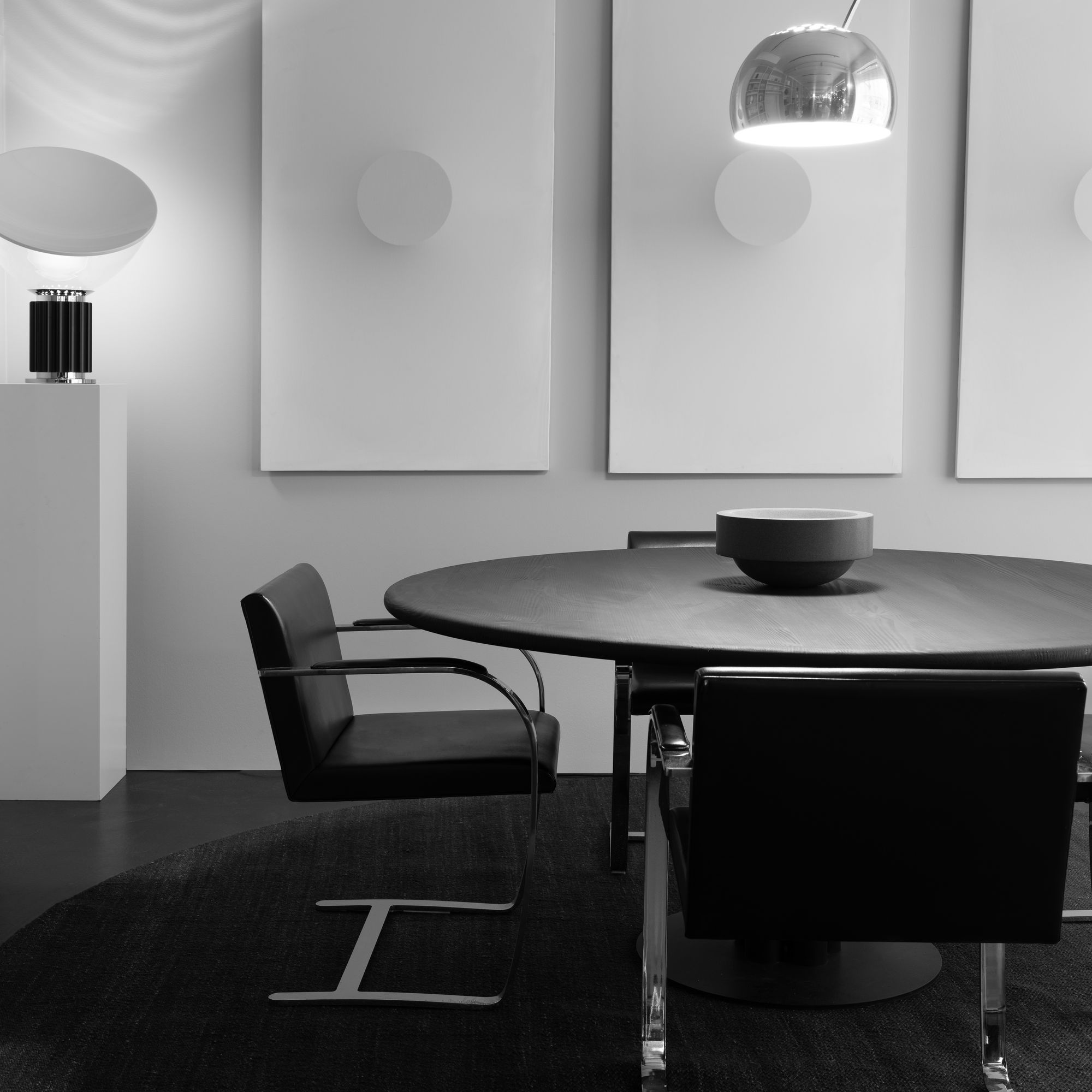
Principperne bag Bauhaus
Bauhaus-stilen, med sine rene linjer og "less is more"-tilgang, har uden tvivl sat et uudsletteligt præg på designindustrien. Karakteriseret ved en filosofi om, at form følger funktion, introducerede Bauhaus-bevægelsen en æra af minimalisme, hvor alt overflødigt blev skåret væk til fordel for enkelhed og praktikalitet. Primærfarvernes brug, sammen med en hengivenhed til geometriske former, understregede denne tilgang og skabte en visuel identitet, der var både slående og umiskendeligt funktionel.
I dag genlyder principperne fra Bauhaus stærkt i nutidens designverden, hvor enkelhed og funktionalitet stadig anses som højeste mål. Moderne designere og arkitekter låner flittigt fra Bauhaus' værktøjskasse, hvilket afspejles i alt fra møbler til bygninger, der hylder denne tidløse æstetik. Denne vedvarende indflydelse skyldes delvist de berømte mestre og lærere tilknyttet Bauhaus, såsom Hannes Meyer, Ludwig Mies van der Rohe, og Josef Albers, hvis arbejde fortsat inspirerer generationer af kreative sjæle.
Bauhaus' ideologi om ingen grænser mellem kunstner og håndværker, samt dets fokus på "Gesamtkunstwerk" eller det totale kunstværk, har ført til en forståelse af, at design ikke kun handler om æstetik, men også om at skabe integrerede og funktionelle rum. Bevægelsens pionerer fremhævede vigtigheden af ægte materialer og smart ressourceanvendelse, hvilket har lagt grundlaget for nutidens bæredygtige designpraksis.
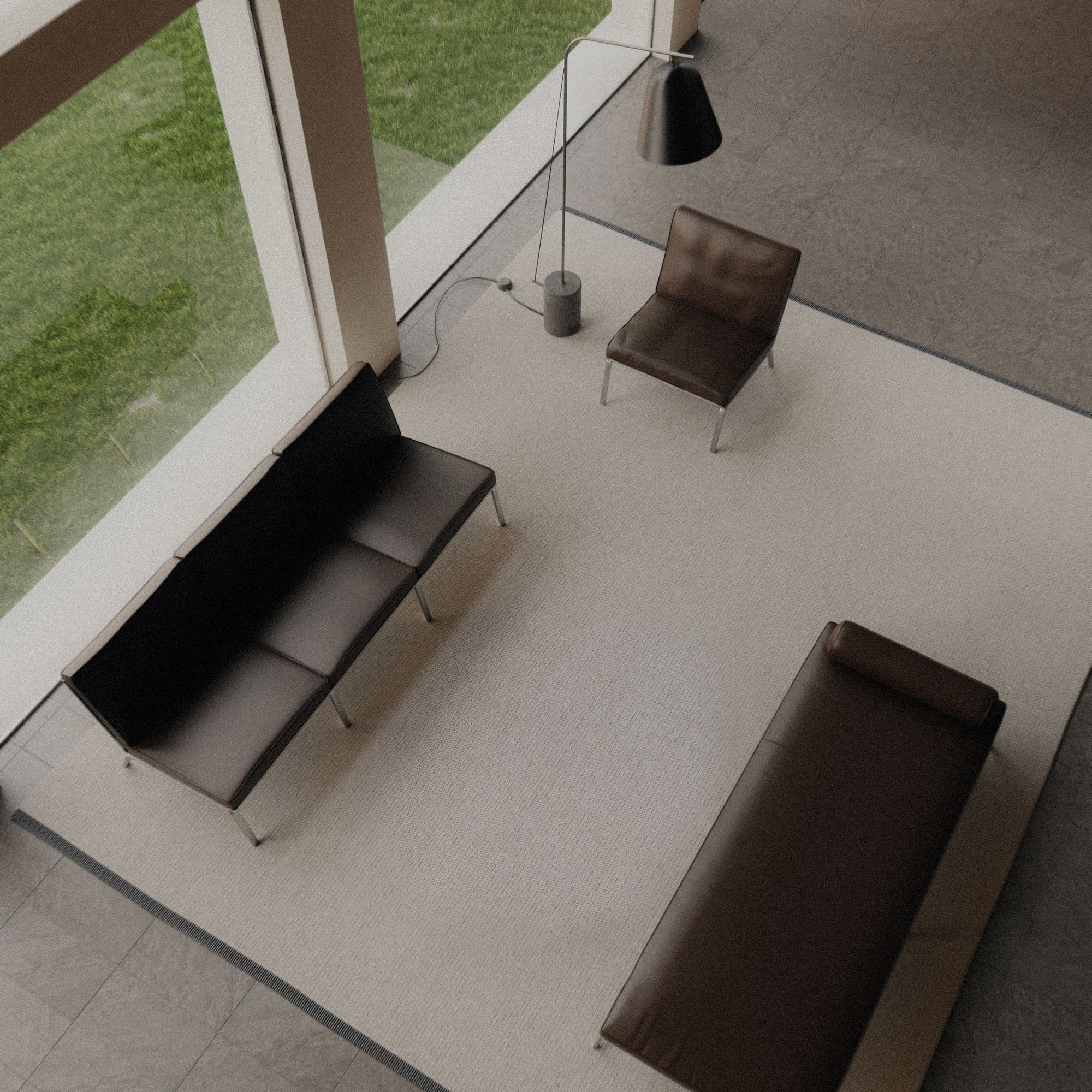
Arkitektonisk Bauhaus-stil
For at give et rum Bauhaus-stil skal du fokusere på enkelhed og funktionalitet i både struktur og farve. Vælg glatte, rå vægge, der fungerer som et tomt lærred og fremhæver rene linjer og geometriske former. Inddrag byggematerialer som stål, glas og beton for at afspejle Bauhaus' påskønnelse af industrielle elementer og modernitet. Store, usmykkede vinduer er ikke kun en hyldest til denne stils vægt på naturligt lys, men udvisker også grænsen mellem indendørs og udendørs rum, et vigtigt Bauhaus-princip.
Ikoniske Bauhaus møbler
Bauhaus-møbler er kendetegnet ved deres funktionalitet, enkelhed og brug af moderne, industrielle materialer. Gå efter møbler, der er minimalistiske i designet, med geometriske linjer og fokus på anvendelighed. Møbler lavet af stålrør, læder og krydsfiner er særligt karakteristiske for Bauhaus-stilen. Ikoniske møbler som Marcel Breuers Wassily-stol eller Barcelona Chair af Mies van der Rohe og Lilly Reich er indbegrebet af bevægelsens designethos og fungerer som tidløse tilføjelser til ethvert rum.
Bauhaus-inspireret interiør
Når du kombinerer interiørelementer, skal du sigte efter en balance mellem kunst og teknologi. Bauhaus-interiør har ofte en behersket farvepalet domineret af primærfarver (rød, blå, gul) mod neutrale baggrunde. Hvis du vil tilføje Bauhaus-flair til et moderne hjem, skal du inkorporere geometriske mønstre i tekstiler eller vægkunst og vælge dekorative genstande. Belysningsarmaturer skal være enkle, men skulpturelle og lægge vægt på form og effektivitet.
Bauhaus i det moderne hjem
Selv små Bauhaus-inspirerede detaljer kan gøre en stor forskel. Overvej at tilføje slanke, geometrisk formede spejle eller ure, minimalistiske metal- eller glasvaser og tekstiler med abstrakte, primærfarvede mønstre. Modulopbyggede opbevaringsløsninger er ikke kun en hyldest til Bauhaus' etos om funktionalitet, men hjælper også med at bevare det rodfrie, strømlinede look, som er centralt for denne stil.


